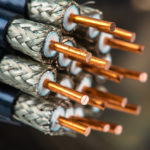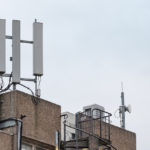A bi-directional amplifier (BDA) plays a crucial role in distributed antenna systems (DAS) by enhancing signal transmission and reception in both directions.
BDA Function within Distributed Antenna System
In a DAS, the primary function of a BDA is to amplify and distribute wireless signals between the base station and the antennae located throughout a building or area. By boosting the signals, the BDA improves coverage, extends range, and helps to ensure reliable communication. These benefits can also help with public safety, allowing first responders to communicate smoothly when they arrive on the scene.
Bi-Directional Amplifier Components
In a DAS, a BDA consists of two main components: the uplink amplifier and the downlink amplifier.
The uplink amplifier receives weak signals from cellular devices within its coverage area and amplifies them before forwarding them to the base station. This process ensures that the base station receives strong and reliable signals from cellular devices.
Conversely, the downlink amplifier receives signals from the base station, amplifies them, and distributes them to the antennas, allowing signals to reach cellular devices with sufficient strength. This two-way amplification process enables effective communication between the base station and the cellular devices in a DAS, enhancing the overall performance and coverage of the system.
Learn More
If you want to learn more about DAS and the equipment used to enable communication in buildings, check out The Safe Inside Podcast, from the Safer Buildings Coalition. Harris Communications is a proud member of the Safer Buildings Coalition!
If you want to work with true distributed antenna system professionals, contact us today.







